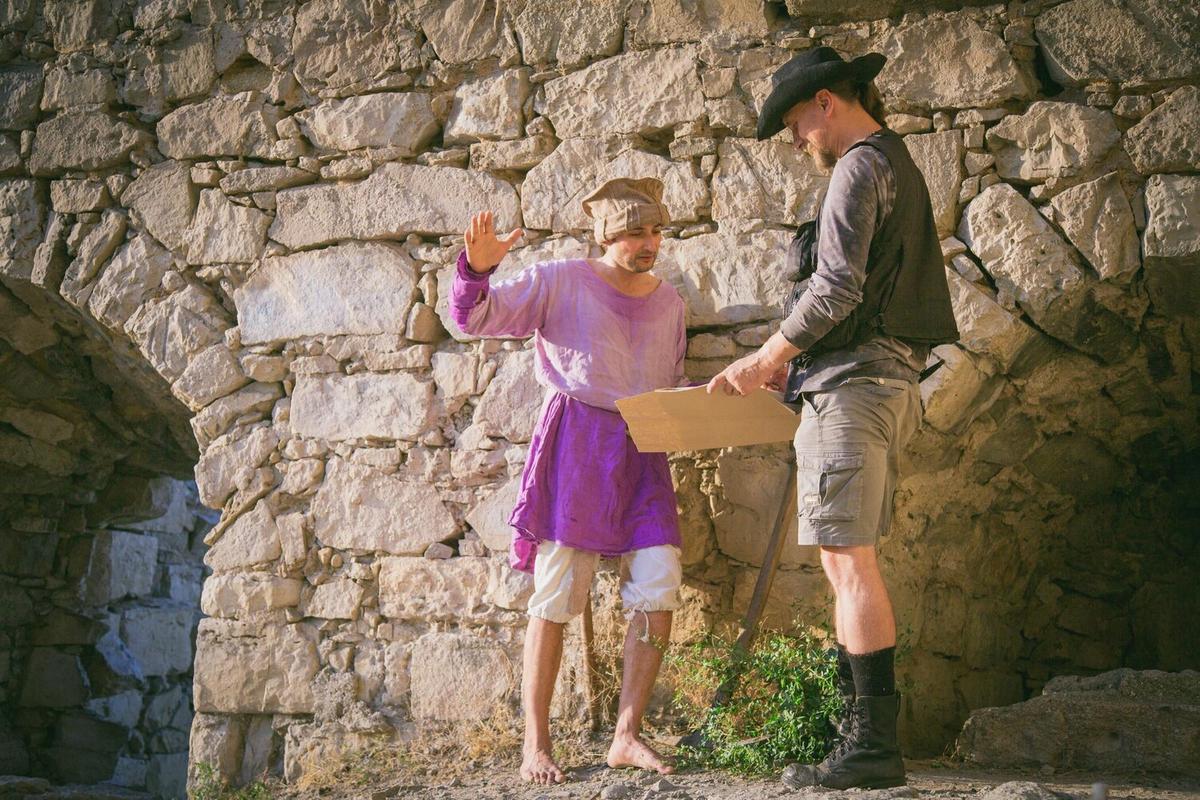
Understanding the Impact of Tourism on Local Ecosystems
Tourism holds a fascinating paradox: while it can breathe life into local economies, it also poses significant challenges to local ecosystems. Understanding this dual impact is essential for fostering sustainable travel practices.
The Double-Edged Sword of Tourism
Tourism is a major economic driver globally, contributing over 10% to the world’s GDP, according to the World Travel & Tourism Council. While it brings financial benefits and cultural exchange, it can also lead to environmental degradation. The influx of tourists can put immense pressure on local resources, leading to habitat destruction, pollution, and strain on local wildlife.
Expert Insights
Dr. Amanda Rivers, an ecologist with the Environmental Research Institute, notes, “Tourism, if not managed sustainably, can lead to irreversible damage to ecosystems. It’s crucial for policymakers to implement strategies that mitigate these effects.” This sentiment is echoed by numerous environmental organizations advocating for responsible tourism.
Impact on Biodiversity
Research from the Global Biodiversity Center highlights that popular tourist destinations often witness a decline in local biodiversity. Increased human activity can disrupt animal breeding patterns and introduce invasive species that threaten native flora and fauna.
Case Study: Coastal Tourism
Consider the case of coastal tourism in the Mediterranean. The region attracts millions of visitors annually, leading to significant coastal erosion and pollution. Local governments have started implementing measures like restricted beach access and eco-taxes to combat these issues.
Actionable Steps for Sustainable Tourism
- Choose Eco-Friendly Accommodations: Opt for lodgings that practice sustainability, like reducing water usage and supporting local conservation efforts.
- Support Local Businesses: Patronizing local businesses not only boosts the economy but reduces carbon footprints compared to large, international chains.
- Respect Wildlife: Keep a safe distance from wildlife and avoid feeding animals, which can disrupt their natural behaviors.
Comparing Impacts: Urban vs. Rural
| Impact | Urban Areas | Rural Areas |
|---|---|---|
| Pollution | High due to traffic and waste | Moderate, often from camping and hiking |
| Resource Strain | Water and energy high demand | Moderate, seasonally affected |
| Biodiversity | Low, often already impacted | High risk of disruption |
| Cultural Impact | Significant, with urban development | Moderate, with preservation challenges |
Frequently Asked Questions
How can I travel sustainably?
Travel sustainably by choosing eco-friendly transportation, supporting local businesses, and minimizing waste.
What is the biggest environmental impact of tourism?
The biggest impact is often habitat destruction and pollution, leading to loss of biodiversity.
Conclusion: Balancing Tourism and Ecosystem Health
While tourism offers undeniable benefits, its environmental costs cannot be ignored. By adopting sustainable practices, travelers can help preserve the beauty and integrity of local ecosystems for future generations. The key lies in awareness and proactive measures that balance economic gains with ecological preservation.


